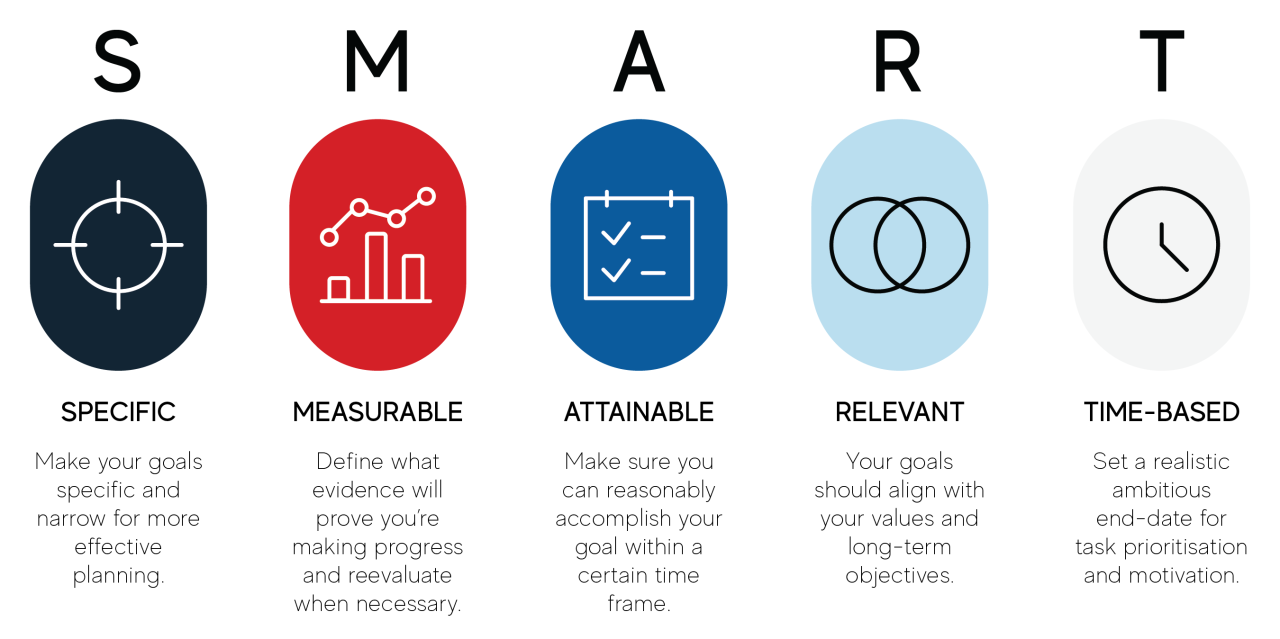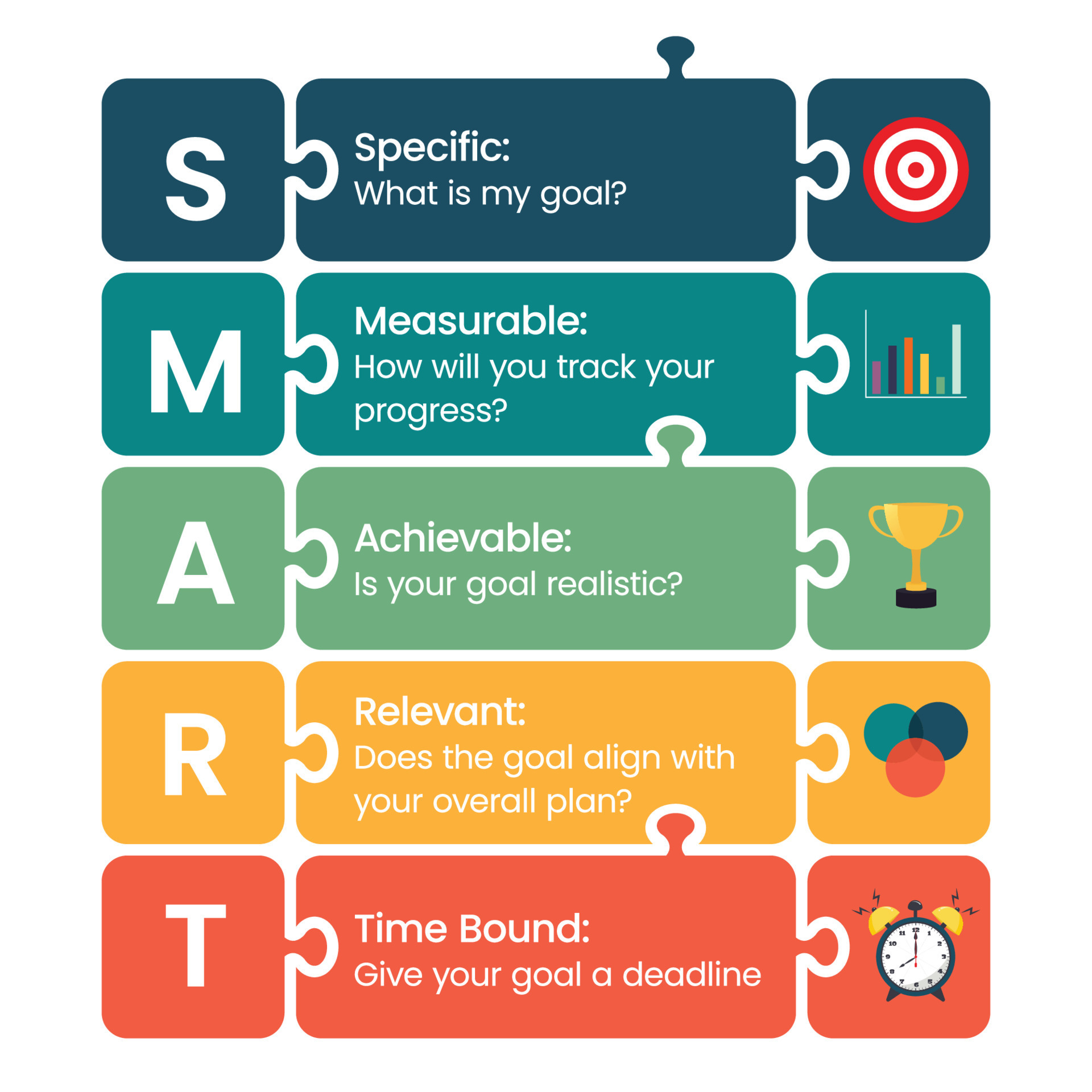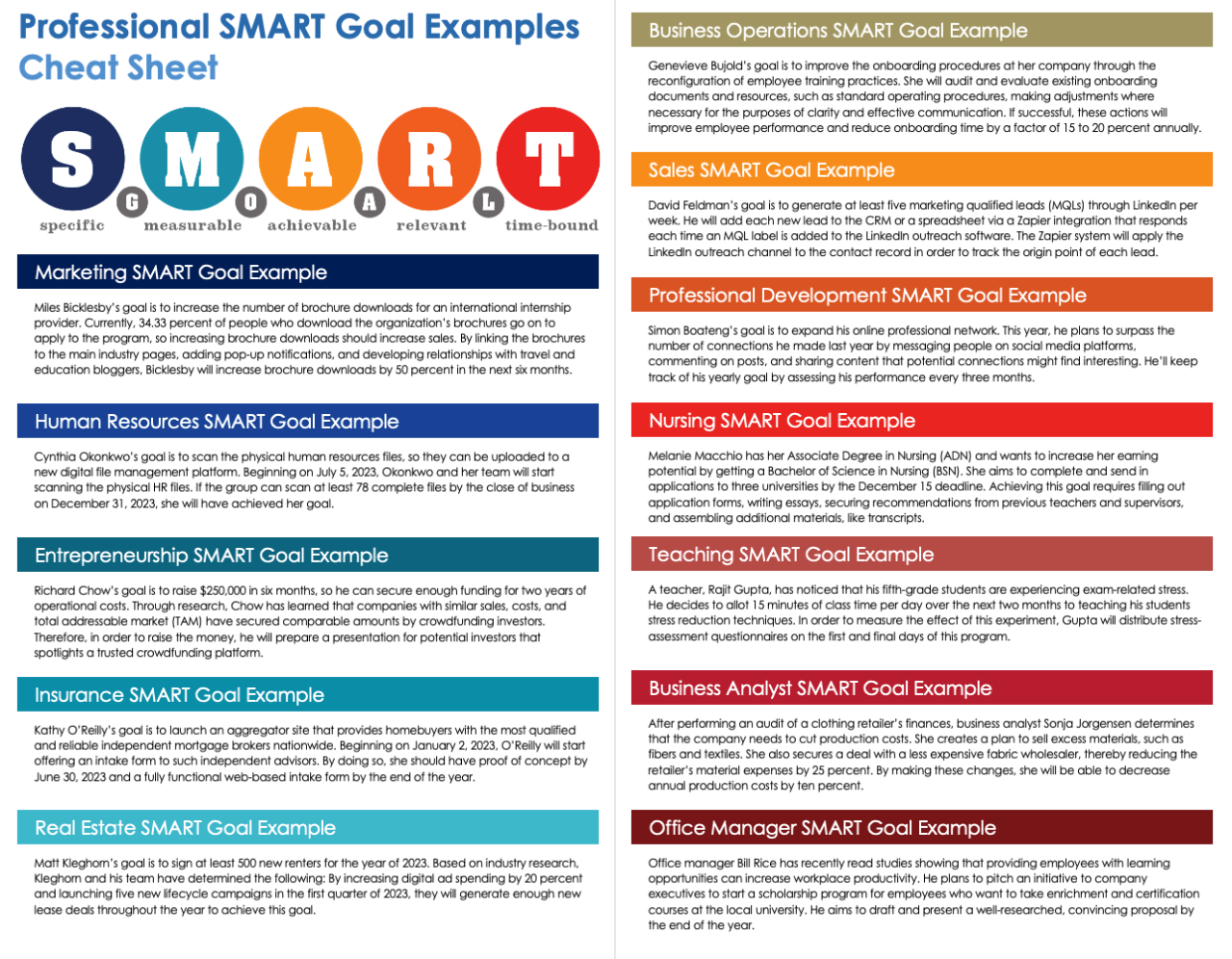Smart hub philips sets the stage for this enthralling narrative, offering readers a glimpse into a story that is rich in detail and brimming with originality from the outset.
As technology continues to advance, Smart Hub Philips emerges as a central figure in the smart home ecosystem, bridging the gap between various devices and providing seamless control. This innovatively designed hub not only connects different gadgets but also enhances the user experience through its intuitive interface and distinct features, marking a significant evolution in smart home technology.
Overview of Smart Hub Philips
The Smart Hub Philips represents a pivotal innovation in the realm of smart home technology, designed to serve as the central point for controlling and managing various connected devices. With its user-friendly interface and robust functionalities, it enables seamless integration and automation of smart home gadgets, enhancing convenience and efficiency for users.
The evolution of smart hubs has paralleled the rapid advancement of IoT (Internet of Things) technologies, with Philips playing a significant role in this transformation. Originally, smart devices operated in isolation, but the introduction of smart hubs has allowed for a more cohesive ecosystem where devices can communicate with one another. Philips has been at the forefront of this shift, offering innovative solutions that improve connectivity and accessibility across devices, such as lighting, security systems, and entertainment systems.
Integration with Smart Home Devices
Smart Hub Philips facilitates the integration of a variety of smart home devices, creating a unified system that enhances user experience. The importance of this integration lies in the ability to control multiple devices through a single platform, streamlining daily activities and promoting energy efficiency. Here are some key points on how Smart Hub Philips connects with smart home devices:
- Compatibility with diverse protocols: The hub supports multiple communication protocols such as Zigbee, Z-Wave, and Wi-Fi, ensuring it can connect with a wide range of devices from various manufacturers.
- Centralized control: Users can manage lighting, thermostats, security cameras, and appliances through a single app, minimizing the need to switch between different applications.
- Automation capabilities: The hub allows users to set up automated routines, such as turning off lights and adjusting the thermostat based on occupancy or time of day, optimizing comfort and energy usage.
- Voice control integration: Smart Hub Philips is compatible with popular voice assistants like Google Assistant and Amazon Alexa, enabling hands-free operation and adding convenience to daily tasks.
“The Smart Hub Philips not only centralizes control but also enhances the interaction between devices, creating a truly smart environment.”
The adaptability of the Smart Hub Philips is further evidenced by its ability to receive regular firmware updates, ensuring that it remains compatible with the latest smart home devices and technologies. This commitment to continual improvement reflects Philips’ dedication to providing users with a versatile and future-proof smart home solution.
Features of Smart Hub Philips

The Smart Hub Philips stands out in the crowded landscape of smart home technology with its innovative features and user-centric design. This hub is engineered to streamline the management of smart devices, offering seamless integration and enhanced usability for users of all tech levels. With an eye towards functionality and efficiency, Smart Hub Philips elevates the smart home experience.
One of the defining characteristics of Smart Hub Philips is its unique ability to connect and manage a wide array of smart devices from various manufacturers. This interoperability ensures that users can easily incorporate their favorite gadgets, regardless of brand, into a single cohesive system. The platform’s compatibility with popular smart home protocols, such as Zigbee and Z-Wave, further enhances its versatility, allowing users to expand their smart ecosystem effortlessly.
User Interface Design and Usability Aspects
The user interface of Smart Hub Philips is designed with simplicity and intuitive navigation in mind. The clean layout presents users with clear options and easy access to device management features, making it suitable for both tech-savvy individuals and newcomers alike. Notable aspects of the UI include:
- Customization Options: Users can personalize their dashboard to prioritize frequently used devices and features, enhancing accessibility.
- Voice Control Integration: Smart Hub Philips supports voice commands through compatible assistants, allowing for hands-free operation.
- Mobile App Availability: The dedicated mobile app enables remote control of devices, real-time monitoring, and notifications, ensuring users stay connected at all times.
- Simple Setup Process: The streamlined installation process guides users step-by-step, minimizing confusion and facilitating quick setup.
The usability of Smart Hub Philips is further amplified by its robust customer support resources, including tutorials, FAQs, and a community forum. This commitment to user assistance fosters a supportive environment for users embarking on their smart home journey.
Comparison of Features in Different Models of Smart Hub Philips
Smart Hub Philips offers a range of models, each catering to diverse user needs while maintaining core features. Understanding the differences can help customers select the right model for their smart home. Here’s a comparative overview of some notable models:
| Model | Device Compatibility | Max Devices Supported | Unique Features |
|---|---|---|---|
| Smart Hub Lite | Zigbee, Wi-Fi | 50 | Basic automation and scheduling features |
| Smart Hub Plus | Zigbee, Z-Wave, Wi-Fi | 100 | Advanced automation, voice assistant integration |
| Smart Hub Pro | Zigbee, Z-Wave, Wi-Fi, Bluetooth | 200 | Premium features including geo-fencing and advanced security settings |
Each model is tailored to specific user requirements, with the Smart Hub Pro providing the most extensive features for advanced users, while the Smart Hub Lite is ideal for those starting their smart home journey. By selecting the appropriate hub, users can optimize their smart home experience according to their unique preferences and lifestyle needs.
“Smart Hub Philips is not just a hub; it’s the heart of your connected home, offering unmatched flexibility and user-friendly design.”
Setting Up Smart Hub Philips

Setting up the Smart Hub Philips is a straightforward process that allows users to seamlessly integrate their smart home devices into a centralized system. This guide covers the essential steps for initial setup, troubleshooting tips for common installation challenges, and instructions for connecting various smart home devices.
Initial Setup of Smart Hub Philips
To start using your Smart Hub Philips, follow these step-by-step instructions for the initial setup. Ensure that you have a stable internet connection and the necessary smart devices ready for connection.
- Unbox the Smart Hub Philips and locate all accessories, including the power adapter and Ethernet cable.
- Position the Smart Hub in a central location within your home for optimal wireless connectivity.
- Connect the Smart Hub to a power outlet using the provided adapter.
- If you prefer a wired connection, use the Ethernet cable to connect the hub to your router. Otherwise, proceed with the wireless setup.
- Turn on the Smart Hub and wait for the LED indicator to show that it is powered up. This may take a few moments.
- Download the Philips Smart Home app from your device’s app store. Ensure your smartphone is connected to the same Wi-Fi network you plan to use with the hub.
- Open the app and create or log into your Philips account. Follow the prompts to connect the app to your Smart Hub.
- Follow the on-screen instructions to complete the initial setup, including naming your hub and setting up user preferences.
- Once setup is complete, the app will guide you through adding your smart devices.
Troubleshooting Installation Issues
Common issues may arise during the installation process, but most can be resolved easily. The following tips offer solutions to frequent problems encountered when setting up the Smart Hub Philips.
Ensure all devices are on the same Wi-Fi network for successful connections.
- If the Smart Hub does not power on, check the power outlet and ensure the adapter is properly connected.
- If the app cannot find the hub, verify that your mobile device is connected to the correct Wi-Fi network and that the hub is within range.
- Restart the Smart Hub by unplugging it for a few seconds and then reconnecting it to the power source.
- Make sure your app is updated to the latest version, as outdated software may cause connectivity issues.
- If you experience slow performance, check your internet connection for stability and speed.
Connecting Smart Home Devices to Smart Hub Philips
Once the Smart Hub Philips is set up, it is time to connect your various smart home devices. The following steps will guide you through the process of adding devices to your Smart Hub.
Compatibility with multiple smart home brands allows for versatile integration.
- Open the Philips Smart Home app and navigate to the device management section.
- Select the option to add a new device. The app will prompt you with a list of compatible device types.
- Choose the type of smart device you want to connect, such as lights, thermostats, or security cameras.
- Follow the specific instructions provided for each device type. This often includes putting the device in pairing mode.
- Once the device is found, confirm the connection in the app and assign it to a room or group for easier management.
- Repeat the process for any additional devices you wish to connect.
User Experiences and Reviews

User feedback plays a crucial role in understanding the effectiveness and overall satisfaction of a product like the Smart Hub Philips. With an increasing number of users sharing their experiences online, it’s essential to analyze these reviews to gauge strengths and weaknesses. This segment highlights user testimonials and compares Smart Hub Philips against competitors within the market, providing valuable insights into its performance.
Strengths and Weaknesses Highlighted by Users, Smart hub philips
User reviews often detail both the favorable and unfavorable aspects of the Smart Hub Philips. Many users praise its intuitive interface and seamless connectivity with various devices. These strengths contribute to an enhanced smart home experience. However, some users have pointed out specific weaknesses, particularly regarding occasional software glitches and limited app compatibility.
To better illustrate the sentiments shared by users, the following list summarizes frequently mentioned pros and cons:
- Pros:
- Easy setup process that gets users up and running quickly.
- Supports multiple device platforms, making it versatile for different smart home ecosystems.
- User-friendly interface that simplifies navigation and control.
- Regular software updates, enhancing functionality and security.
- Cons:
- Occasional connectivity issues, particularly with non-Philips devices.
- Some users report a lack of advanced customization options.
- Limited third-party app support compared to competitors.
- High initial investment compared to similar devices on the market.
Comparison with Other Brands
When comparing Smart Hub Philips with other brands in the market, several distinctions emerge based on user experiences. Competing products such as the Google Nest Hub and Amazon Echo Show receive praise for their extensive app ecosystems and voice assistant capabilities. Users often highlight that while Smart Hub Philips excels in ease of use, it sometimes falls short in terms of the number of compatible third-party applications and integrations.
Many users appreciate the Smart Hub Philips’s focused approach on lighting and home automation, pointing out that it seamlessly integrates with Philips Hue products. However, when it comes to broader smart home control functionalities, competitors are frequently noted for their superior performance.
A comprehensive comparison shows that while Smart Hub Philips offers a solid entry point into smart home technology, users looking for advanced features may find other brands more appealing.
“Smart Hub Philips makes managing my lighting simple, but I wish it worked better with my other smart devices.”
FAQ Resource: Smart Hub Philips
What is a Smart Hub Philips?
A Smart Hub Philips is a central device that connects and controls various smart home devices, enhancing automation and user experience.
How do I set up my Smart Hub Philips?
Setting up your Smart Hub Philips involves connecting it to your Wi-Fi network and following the instructions in the accompanying app for device integration.
Does Smart Hub Philips support all smart devices?
While Smart Hub Philips is compatible with a wide range of smart devices, it is essential to check the compatibility list for specific models.
Can I control my Smart Hub Philips remotely?
Yes, you can control your Smart Hub Philips remotely through the mobile app, allowing you to manage your devices from anywhere.
What should I do if I encounter issues with Smart Hub Philips?
If you face issues, consult the troubleshooting section in the user manual or contact Philips support for assistance.
The Samsung S 10 stands out for its sleek design and powerful performance, making it a favorite among tech enthusiasts. Its advanced features, including a stunning display and a robust camera, set a benchmark in the smartphone market. Investing in this device not only enhances your mobile experience but also keeps you ahead in the tech game.
In today’s smart homes, the integration of sensor smart home technology is crucial for convenience and security. These sensors allow homeowners to monitor and control various aspects of their living space remotely, providing peace of mind and energy efficiency. Embracing this technology transforms your home into a more intelligent and responsive environment.